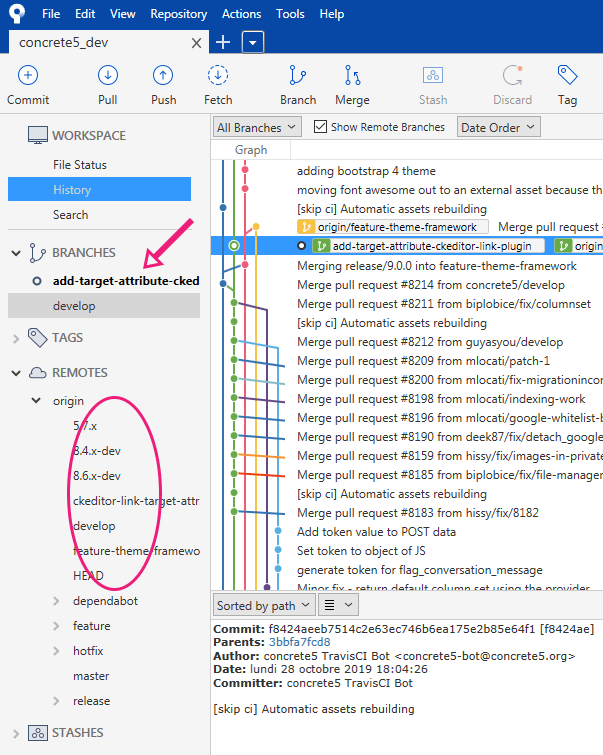
- #SIGN INTO GITHUB WITH SOURCETREE FOR WINDOWS .EXE#
- #SIGN INTO GITHUB WITH SOURCETREE FOR WINDOWS INSTALL#
To verify that it is connected to the remote on GitHub, click the "Settings" gear in the top right-hand corner and you should see the GitHub remote in the "Remotes" section. Once that's done, you can double click the new bookmark and use SourceTree as you normally would. You can either clone it to a new location, or add the directory manually in the Local tab.

Since this was just a test repo, I'll move it to the trash.)Īdding an Existing Repo that Has a Corresponding Remote to SourceTreeįor some reason if you click "Clone" next to a repo you already have on your local machine and select the existing directory, it won't connect the remote repo with your existing copy.
#SIGN INTO GITHUB WITH SOURCETREE FOR WINDOWS .EXE#
From the ZIP file you download, click the application file (EXE for Windows or DMG for Mac) to download.
#SIGN INTO GITHUB WITH SOURCETREE FOR WINDOWS INSTALL#
Destination Path: (This is the location on your computer that you'd like the repo to be cloned to.) Get started Install and set up Sourcetree Install Sourcetree Go to the Sourcetree website and click the download button.

Source URL: (Leave this at its default.Click the "Clone" link next to "My-First-GitHub-Site" (or the repo you'd like to clone).I'll clone the "My-First-GitHub-Site" to my local machine with SourceTree. Now, you can click "Clone" to clone one to your local machine. Click the "Remote" tab to see your repositories.Click the "Gear" icon in the top right corner and select "Settings".If you do choose to use SourceTree as a GUI Git client, you'll need to add your GitHub credentials to SourceTree.


 0 kommentar(er)
0 kommentar(er)
